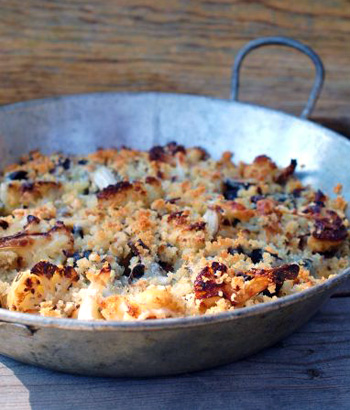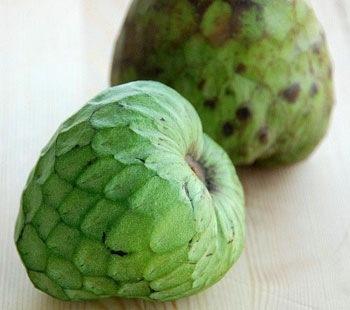 Everyone has an event that ignites the holiday spirit. Maybe it’s a family outing to cut down a tree or baking spicy, fragrant cookies but for me it’s that annual telephone call a week in advance and the magical ride to Glidden Point Oyster Farm in Edgecomb, Maine.
Everyone has an event that ignites the holiday spirit. Maybe it’s a family outing to cut down a tree or baking spicy, fragrant cookies but for me it’s that annual telephone call a week in advance and the magical ride to Glidden Point Oyster Farm in Edgecomb, Maine.
The phone call and the ride is the start of the holiday season for me, it’s even better then listening to Handel’s Messiah. I order plenty to last from Christmas Eve through New Years Eve, and I serve them in copious quantities.
Barb Scully, the owner of the oyster farm, dives 40 foot deep into the ‘brisk’ water of the Damariscotta River in front of her business/home-that is her description. I should add that the brackish water is almost frozen by Christmas and she generally stops diving for oysters by the 25th, closing her operation down for a few months.
She is a skinny, short-haired woman with pasty white skin and a constant indentation circling her face from her diver’s wet suit. She has a rather abrupt manner to her, but boy, are her oysters the Rolls Royce of shellfish. When I get them they are barely hours old and she dives for the big ones, especially for me. I’ll eat little oysters if I have to but I prefer the older, jumbo ones - luncheon plate size.

 The savage weather has reached Biblical proportions. Yes, I am exaggerating, but today it is blowing so hard that I am fully expecting Auntie Em to ride by my window on her bicycle at any time. Frankly, I’d rather look out and see her than some random farm item that was once tethered to the ground.*
The savage weather has reached Biblical proportions. Yes, I am exaggerating, but today it is blowing so hard that I am fully expecting Auntie Em to ride by my window on her bicycle at any time. Frankly, I’d rather look out and see her than some random farm item that was once tethered to the ground.* Another workhorse of a vegetable, Butternut Squash is always on my shopping list and in my inventory during the fall and winter months.
Another workhorse of a vegetable, Butternut Squash is always on my shopping list and in my inventory during the fall and winter months. Frasier Fir, boxwood, magnolia, grapevine – all traditional bases for wreaths. We can pick them up at garden centers and Christmas tree vendors and even grocery stores, but sometimes it is fun to spice up ye olde wreath with some seasonal flair.
Frasier Fir, boxwood, magnolia, grapevine – all traditional bases for wreaths. We can pick them up at garden centers and Christmas tree vendors and even grocery stores, but sometimes it is fun to spice up ye olde wreath with some seasonal flair. The cherimoya (pronounced chair-uh-MOY-yuh) is the king of fruit. This is no surprise given that this ancient Incan fruit was originally reserved for royalty.
The cherimoya (pronounced chair-uh-MOY-yuh) is the king of fruit. This is no surprise given that this ancient Incan fruit was originally reserved for royalty.
